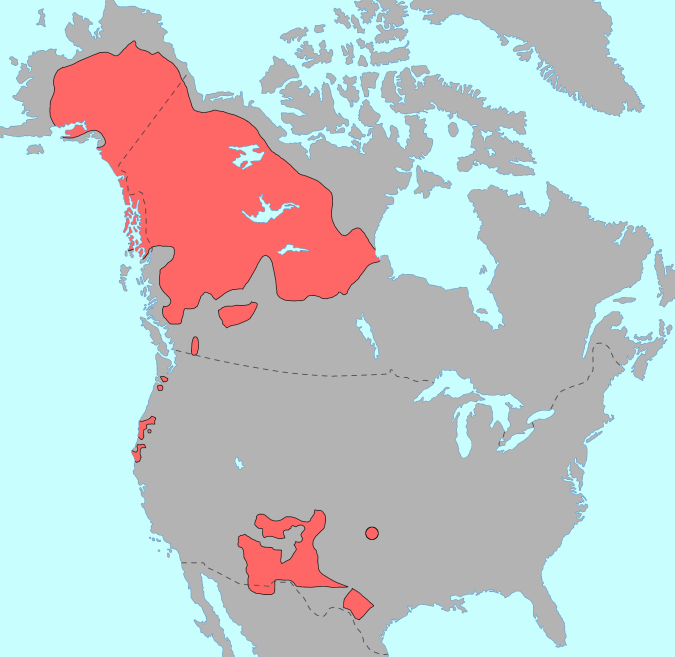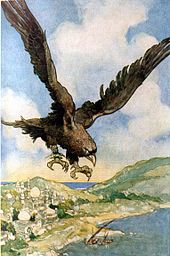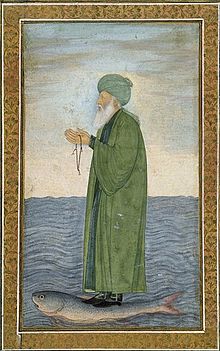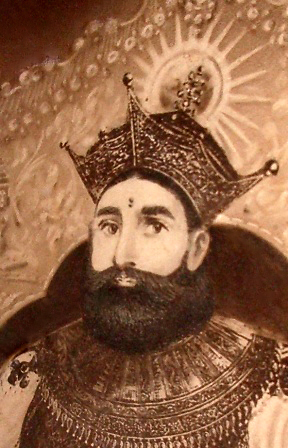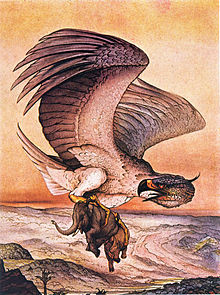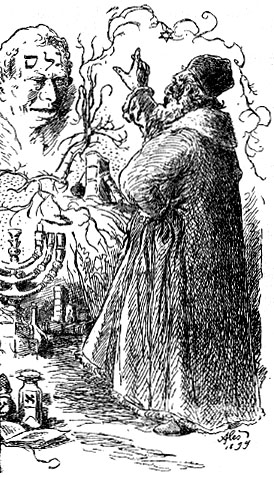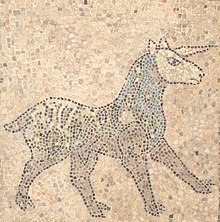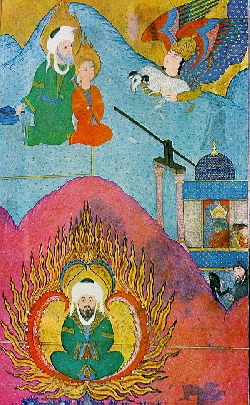“Malchus of Antioch, do you know why you have been called before this court today?”
“Yes your lordship. I am guilty of the death of one Margaret of Antioch, a brave and noble woman of Christ.”
The provost frowned. “Far from it, for her death was upon my order.”
“Then you are guilty as well, your lordship.”
“And that is why I have summoned you all here today,” said a loud voice from the back of the room.
Looking around, Malchus noticed that he and Olybrius, the provost, had been joined not by Olybrius’ soldiers but by a dragon, an unsettling young man, and two other figures, both very bright. He thought it was one of the latter two that had spoken, but he was not sure which one.
“Tell us what you have done to the woman who was called Margaret,” said one of the bright ones.
The dragon growled at the mention of her name. “I fully intended to eat her, but she made the sign of the cross and I was forced to back down.”
“And you, Veltis?”
The strange young man shifted uncomfortably. “I am ashamed to admit that she bested me as well.” He rubbed his neck. “I couldn’t stop myself - every question she asked I answered. In the end, she made the ground open up and swallow me.
“Olybrius, son of Adam, what was your relationship with this woman?”
The provost looked annoyed. “She was the most beautiful girl I had seen in a long time. I intended to marry her, but she had betrayed our gods for a crucified one, which was most unseemly. I had her tortured multiple times, but she refused to return to our beliefs. At last I commanded my hangman to kill her, and this time there was no miraculous rescue.”
“And you Malchus, son of Adam - are you the hangman of whom Olybrius spoke?”
“To my everlasting shame, sir.” Malchus looked at his hands. “She asked for a bit of time to pray, and I gave it to her. But really it was for myself sir - I needed the time to gather up my courage. How could I kill this woman who had bested a dragon and come out alive from boiling water? But then, I’d seen the provost kill the 5000 men who converted because of her. So I wasn’t sure. But after hearing her pray, pray for forgiveness for all of us - for me - who had tortured her and were going to kill her - I couldn’t do it. And that voice - the voice from heaven - it said it granted her prayers, sir.” His voice was trembling.
“And yet the woman is dead,” said the other bright one.
“Yes sir. She told me that I might have no share with her if I did not cut off her head. So I did.” Malchus covered his face, and his shoulders shook.
“I see.”
The first bright one seemed to have made his judgement. “You all have done well in persecuting this woman. Not as well as I might have hoped, since she bested you, but that is to be expected when dealing the Enemy. You will certainly be rewarded by Our Father Below.”
“Wait just a moment,” said the second. “I believe Malchus belongs to me.”
Malchus began to be rather terrified, as the second seemed far more likely to judge him.
“Not at all. Did he not kill one of your people’s so-called saints? What more does it take to come Below?”
“He killed her, yes, but she requested that he be forgiven before her death. He has repented and believes, and that is all it takes to come Above. You have the other three, let me take this one.”
“Oh alright, have it your way. I’ve got three times as many as you.” He led the dragon, Veltis, and Olybrius away, leaving Malchus alone with the second.
“Malchus, you shall experience all the torture on earth that you have dealt this woman. But you shall one day see her again in paradise.”
Malchus knelt in gratitude.
“Do not kneel to me, but look ever heavenwards.”
When Malchus looked up, the figure had disappeared.
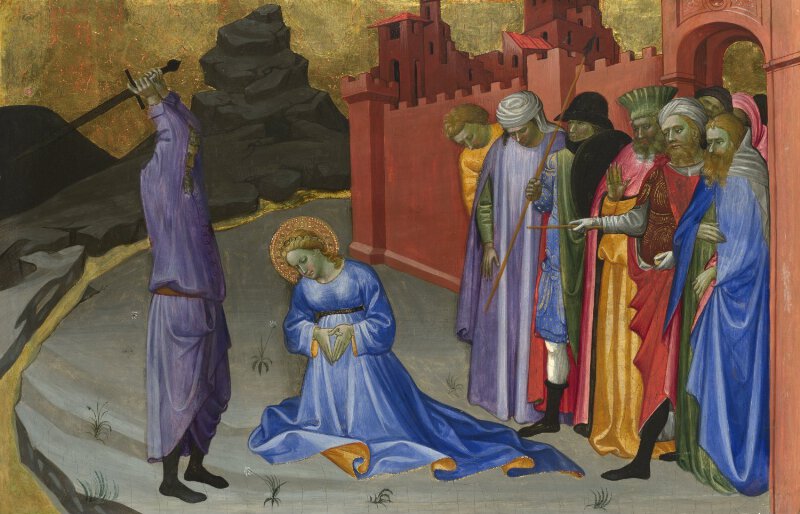
The Beheading of Saint Margaret. Web Source:
The National Gallery.
Author’s note: This story is based on the story of St. Margaret, from
The Golden Legends. She was raised by her nursemaid, who converted her to Christianity. The provost wanted to marry her, but wanted her to renounce Christianity first. When she refused, he had her imprisoned, tortured, and eventually killed. During her imprisonment, she defeated the demon Veltis. I wanted to explore the story from the perspective of the other characters, particularly the hangman who beheaded her against his own wishes. In this story, the characters responsible for her death are judged by a demon and an angel. The demon’s language is partially based on that of
The Screwtape Letters.
Bibliography: “Saint Margaret,” Voragine's The Golden Legend,
link to the reading online.

